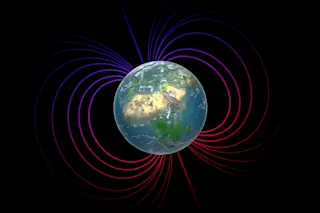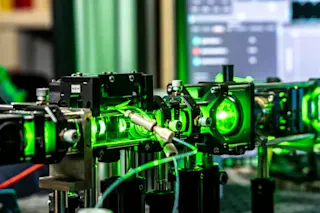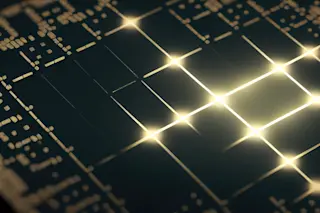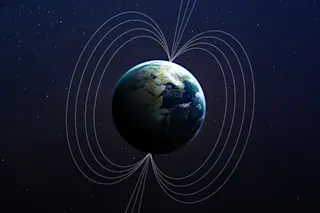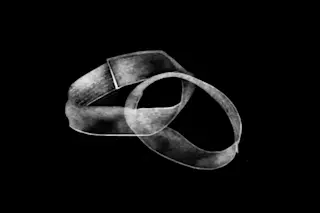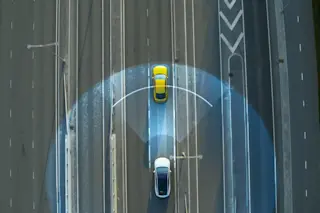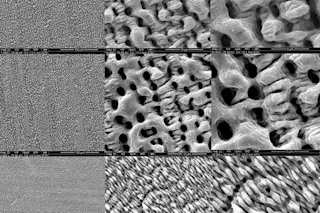Chemist A. Welford Castleman of Pennsylvania State University has created a high-speed atomic movie illustrating the step-by-step dissolution of hydrogen bromide, a key ozone-eating acid. His work could help protect the ozone layer and lead to improved versions of industrial acids, which are used to manufacture everything from computer chips to pharmaceuticals.
Castleman and his colleagues used femto-lasers, which emit light pulses once every quadrillionth of a second, to study how a hydrogen bromide molecule splits apart in water. "The pulses allowed us to take snapshots of the chemical process as it happened," says team member Sean Hurley. The researchers watched water molecules gather around the hydrogen bromide and snatch its single hydrogen atom, leaving behind electrically charged molecular fragments. "Hydrogen bromide does not react by itself when it's in gaseous form," Hurley says. When it comes in contact with atmospheric water, however, the acid splits into components that are extremely reactive, able to etch a silicon wafer or destroy protective ozone.





